-
A Dill Pickle by Katherine Mansfield Short Story Analysis
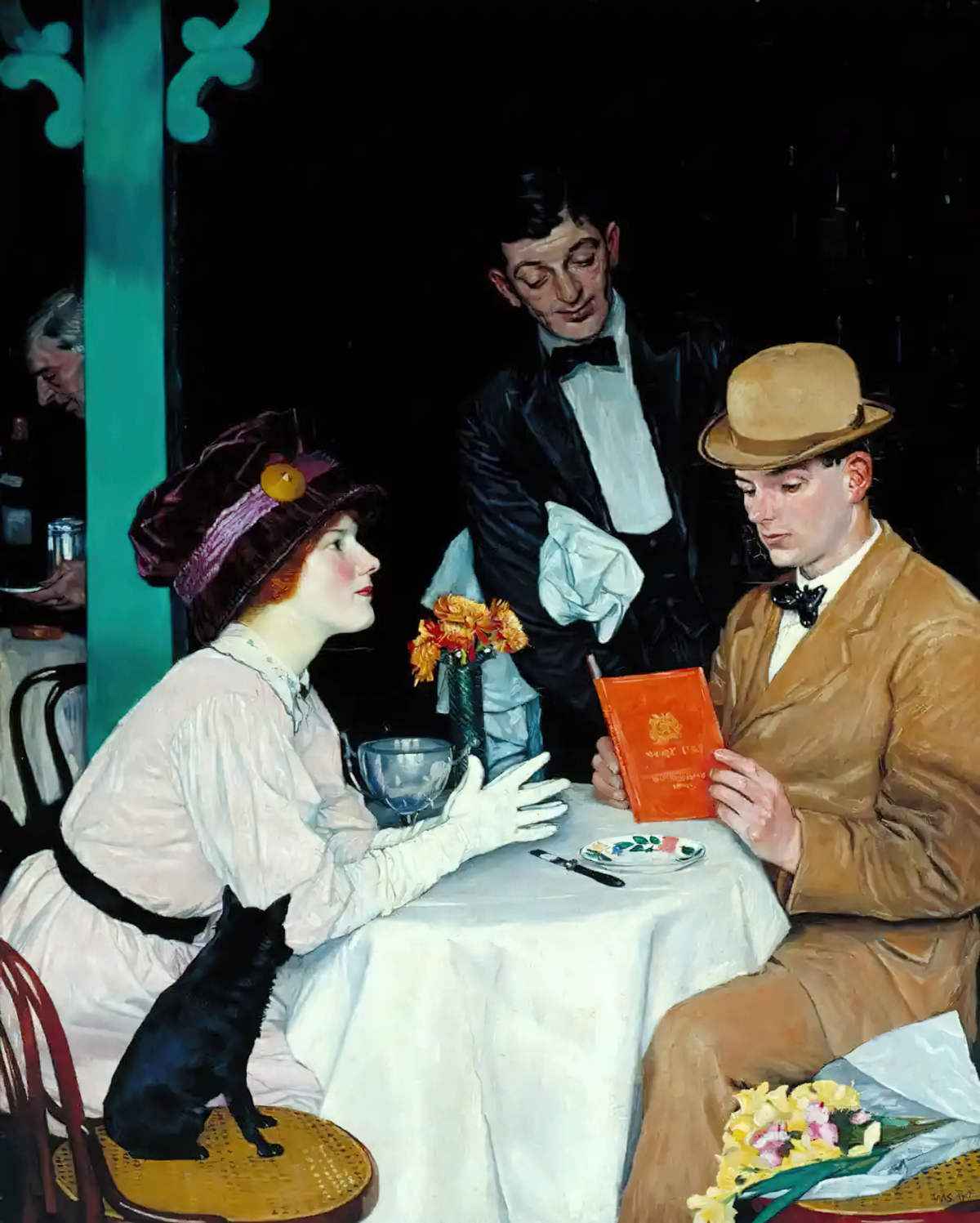
“A Dill Pickle” is a 1917 short story by Katherine Mansfield. Over the course of a single café scene, a woman meets up with a former beau. This is a feminist story about how men and women tend to communicate, and illuminates Mansfield’s deep interest in psychology. I’m in a restaurant in Cambridge and this…
-
The Fly by Katherine Mansfield Short Story Analysis
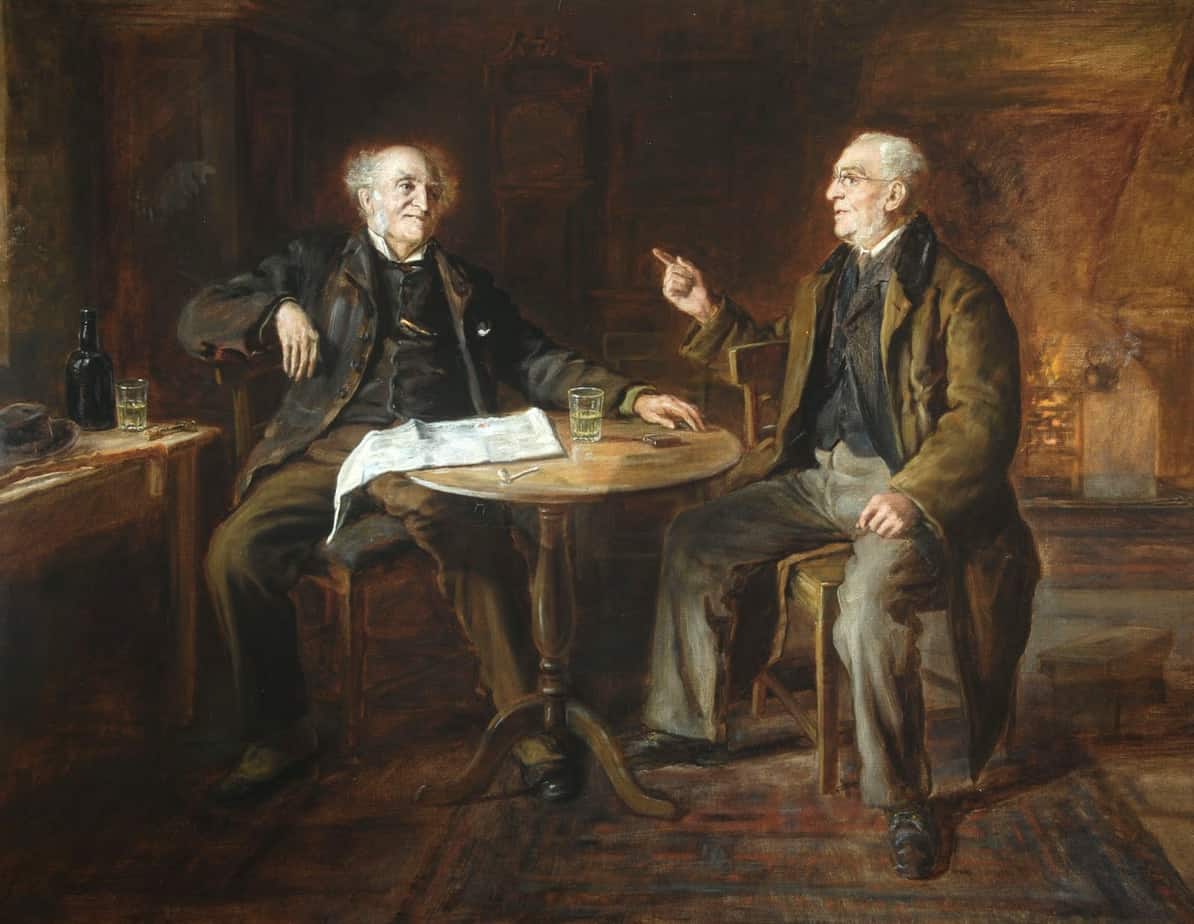
“The Fly” is a short story by Katherine Mansfield, published 1922. CONNECTION TO MANSFIELD’S OWN LIFE Mansfield wrote “The Fly” in February 1922 as she was finding her tuberculosis treatment debilitating. She died in January of 1923, soon after its publication. Thirty-four seems young to be contemplating old age, and to write about an elderly…
-
Reunion by John Cheever Short Story

“Reunion” is a short story by John Cheever, first published 1962 in The New Yorker. You can listen to it read by Richard Ford. SETTING OF REUNION As Richard Ford says, Grand Central Station is a place where anything could happen — any two people could meet. The story is set in the 1950s or…
-
Burlesque Witches In Storytelling
Witches have a long history in storytelling, but they aren’t always scary. They aren’t always Baba Yaga types, sometimes murderous, sometimes helpful.
-
The Ritual (2017) Film Study
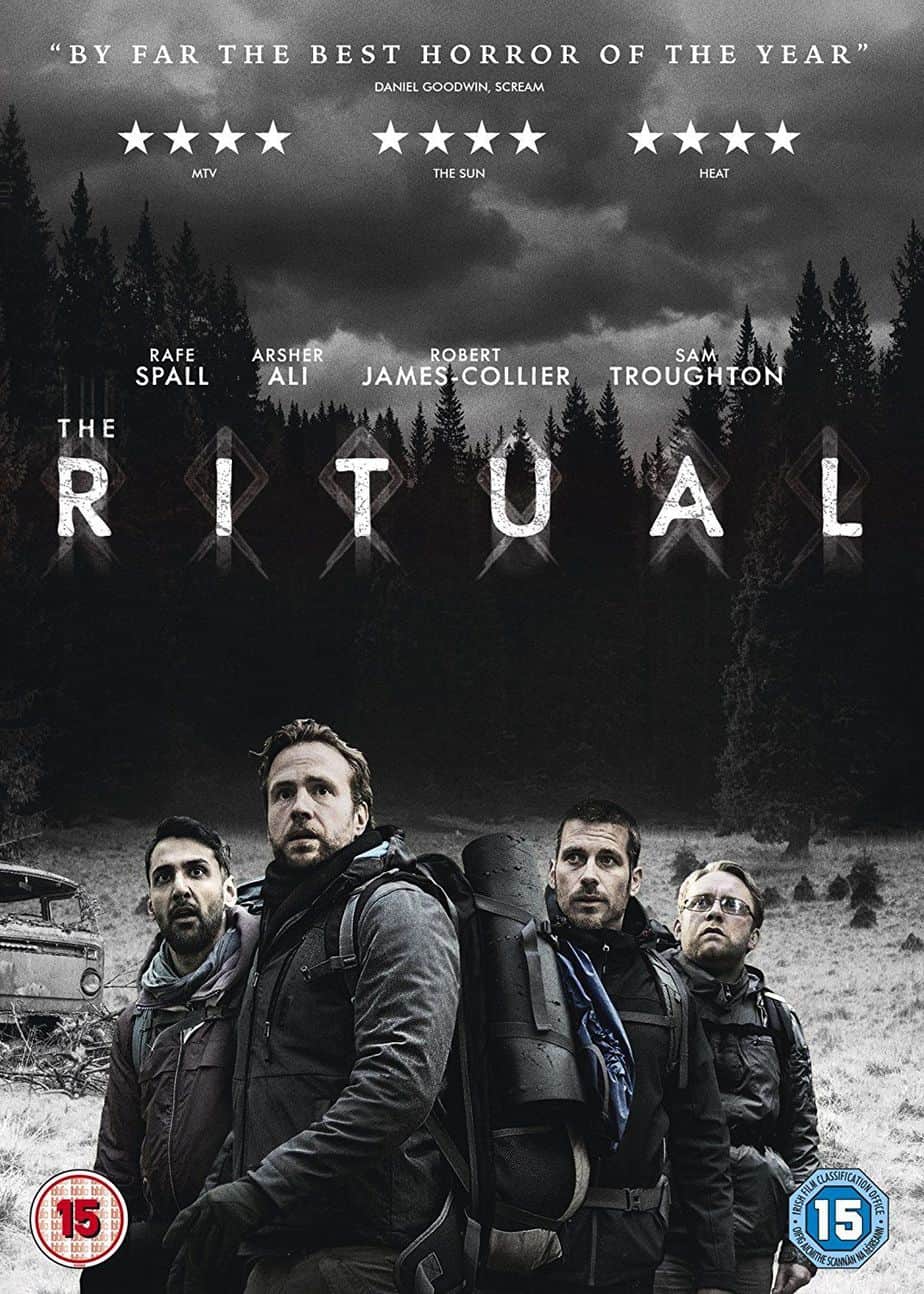
“The Ritual” is a horror film directed by David Bruckner, adapted by Joe Barton from Adam Nevill’s novel. Although this film is pretty standard in its tropes and structure, the CGI monster makes the viewing experience truly scary. This article says more about the monster and its basis in Swedish folklore.
-
The Trip by Ezra Jack Keats Analysis
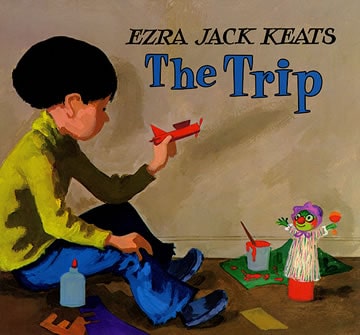
The Trip by Ezra Jack Keats was first published 1978, which makes it 40 years old. This picture book is an excellent example of photography as motif, but using a peep show box instead.
-
A Lion In The Meadow by Margaret Mahy and Jenny Williams Analysis
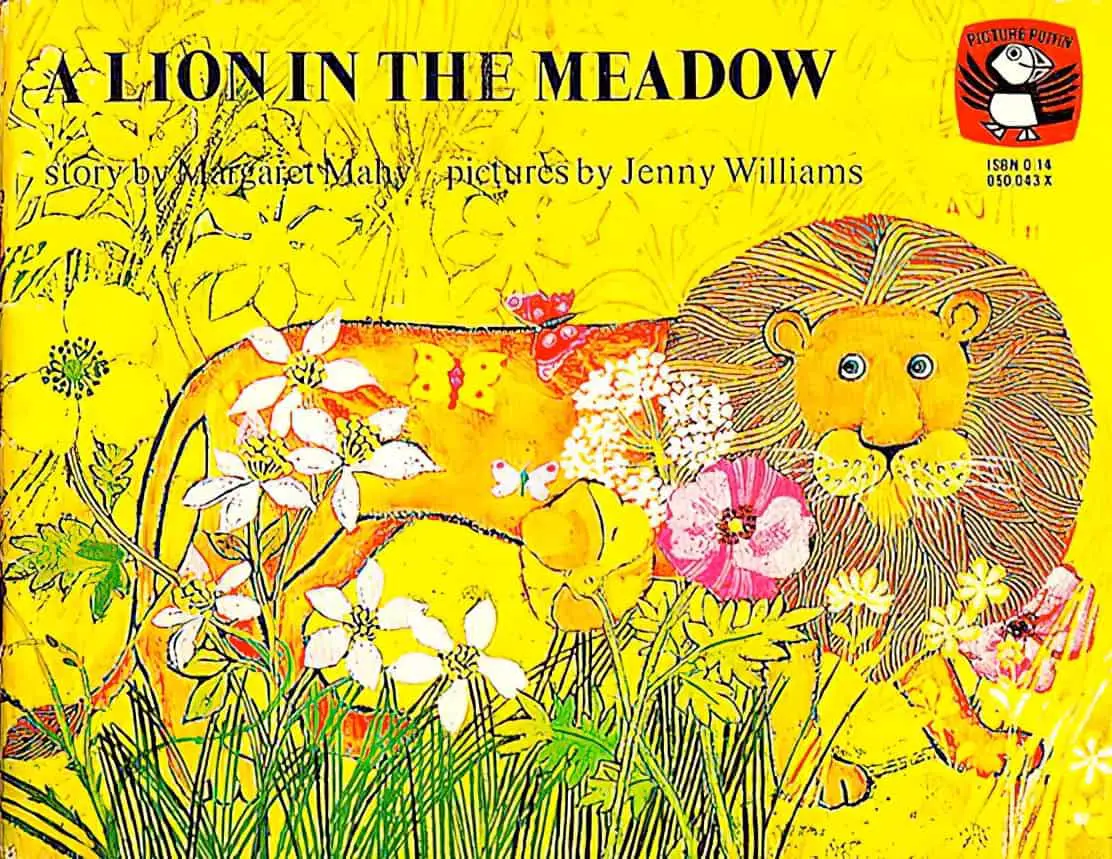
Child characters ignored by adults — even in the midst of clear and present danger — are stock fodder and perennial favourites in children’s stories. A Lion In The Meadow by Margaret Mahy is a standout example.
-
Junie B. Jones and Rejection Sensitive Dysphoria
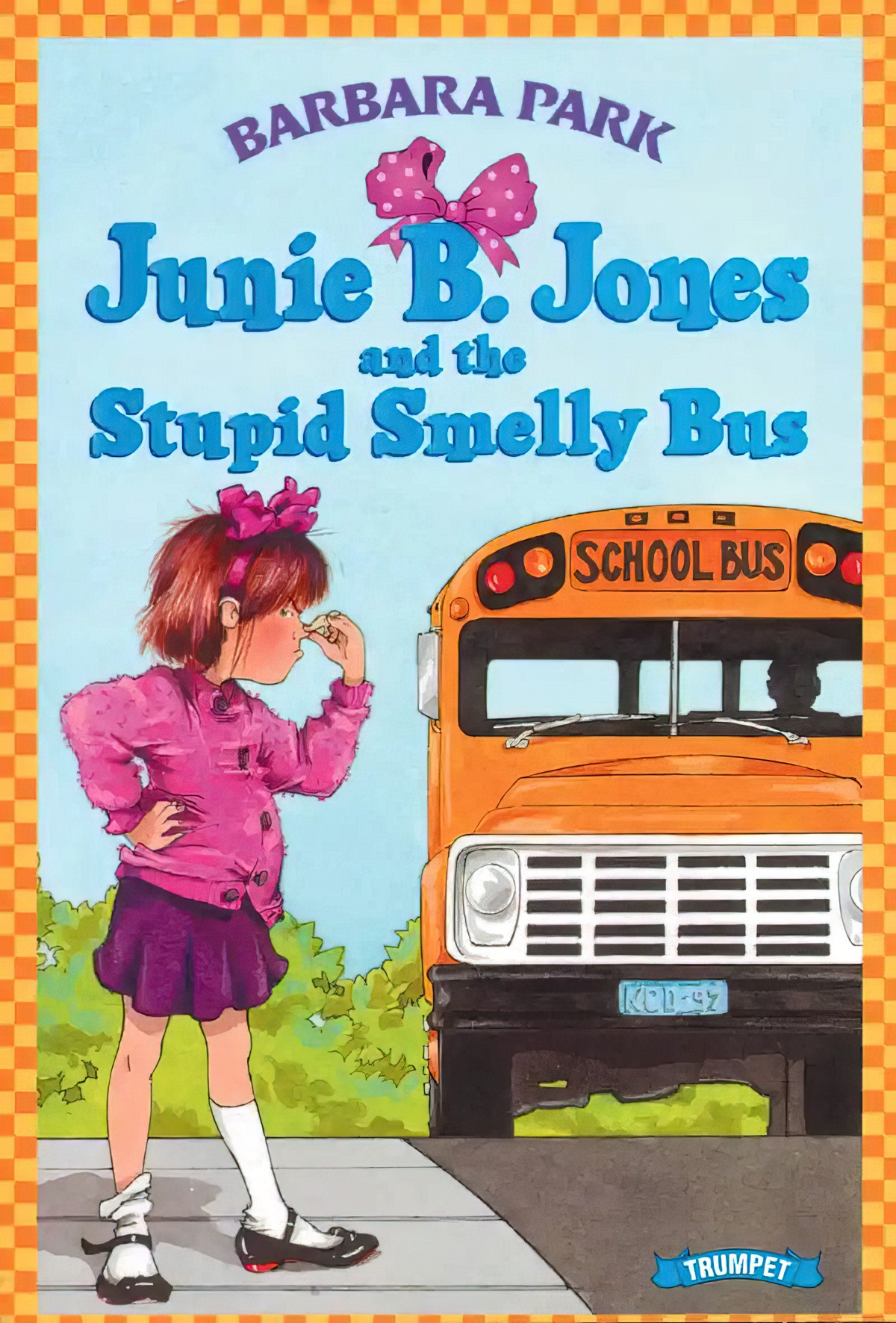
Rejection sensitive dysphoria is an unpleasant emotion which should be more widely known. Not many people know how it feels, and even fewer know what it’s called. But Barbara Park’s Junie B. Jones is an excellent fictional example of a character who lives with these hard emotions.
-
The Nightfish by Helen McCosker Analysis
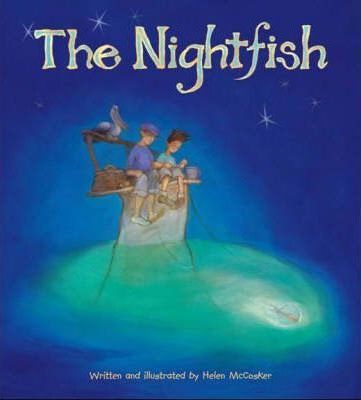
The Nightfish is an Australian picture book written and illustrated by Helen McCosker. Published in 2006, this children’s story makes a good counterpoint to There’s A Sea In My Bedroom (1984).
-
Dinner Time In Art and Storytelling
What does dinner time look like in your house? Do you see your own family tradition reflected in children’s books? I remember hearing once — perhaps on the yak track of Downton Abbey — that, for film makers, table scenes are the most difficult to shoot and edit. Unlike in any other scene, the characters…
-
Theodore Mouse Goes To Sea by Michaela Muntean Analysis
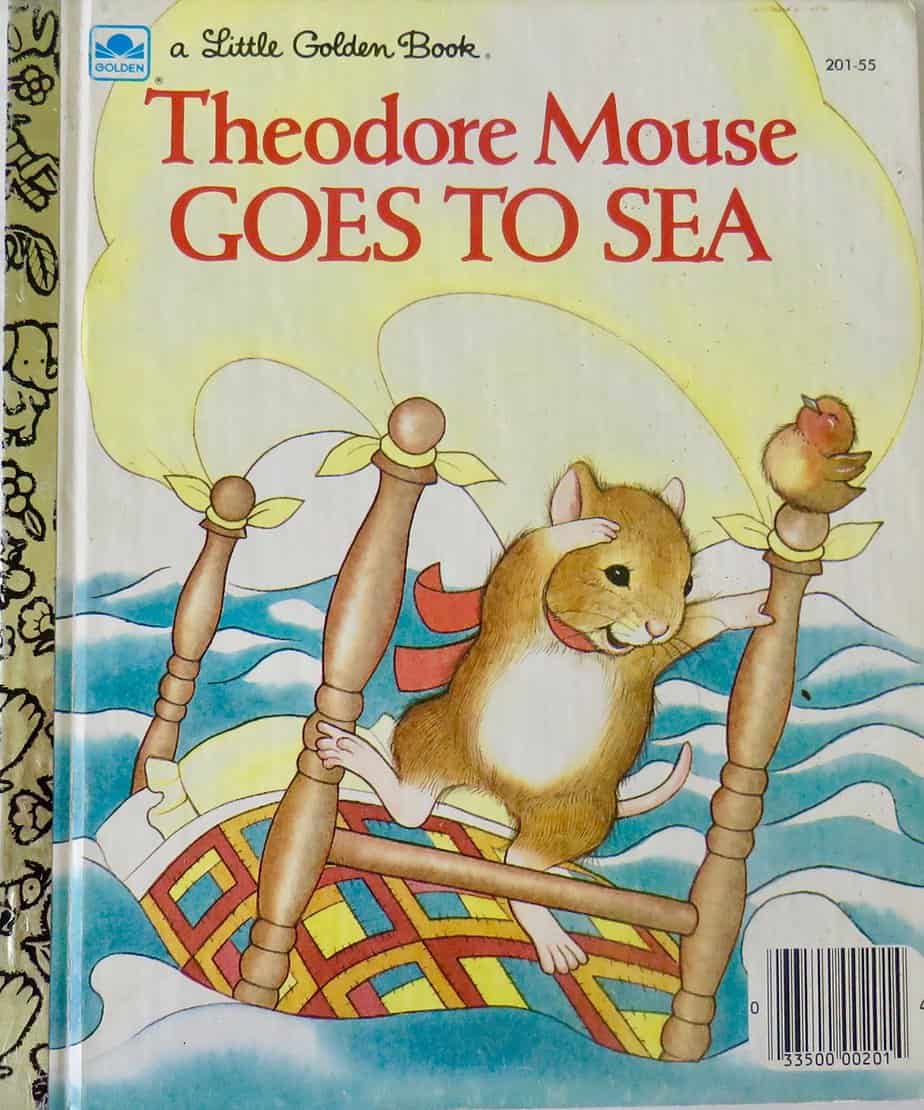
Theodore Mouse Goes To Sea is a Little Golden Book first published 1983. The illustrations are by Lucinda McQueen. There is a series of stories about Theodore the Mouse.
-
President Squid by Aaron Reynolds and Sara Varon Analysis
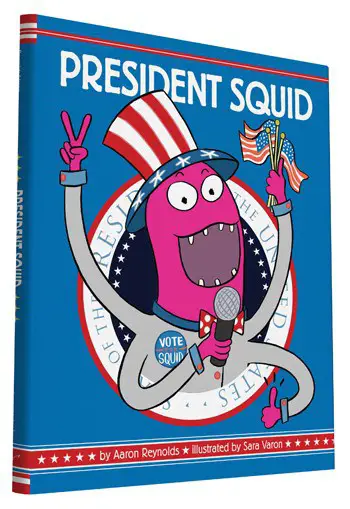
The most hilarious thing about President Squid is that it is not about President Trump. Well, of course it’s about Trump and all of his kind, but as the author told Betsy Bird in an interview, it was already written and in the publishing pipeline before Trump even began his campaign. Reynolds wrote it around…
-
Negatives by Annie Proulx Short Story Analysis

“Negatives” is a short story by Annie Proulx, first published 1994 in Esquire, later included in the Heart Songs collection. You can read it online, with limited unpaid access. “Negatives” is the most brutal of the stories in this collection. Content note for rape. Reasons to read this story: THE DEEP AUTUMN CAME QUICKLY. Abandoned…
-
The Sailor Dog by Margaret Wise Brown
The Sailor Dog by Margaret Wise Brown is a Little Golden Book classic, first published 1953. After the success of Mister Dog, Wise Brown and Garth Williams were paired by the publisher the following year. The Sailor Dog is basically a Robinsonnade for the preschool set. The Robinsonnade is an adventure story which takes place…
-
Character Study: Tony Soprano
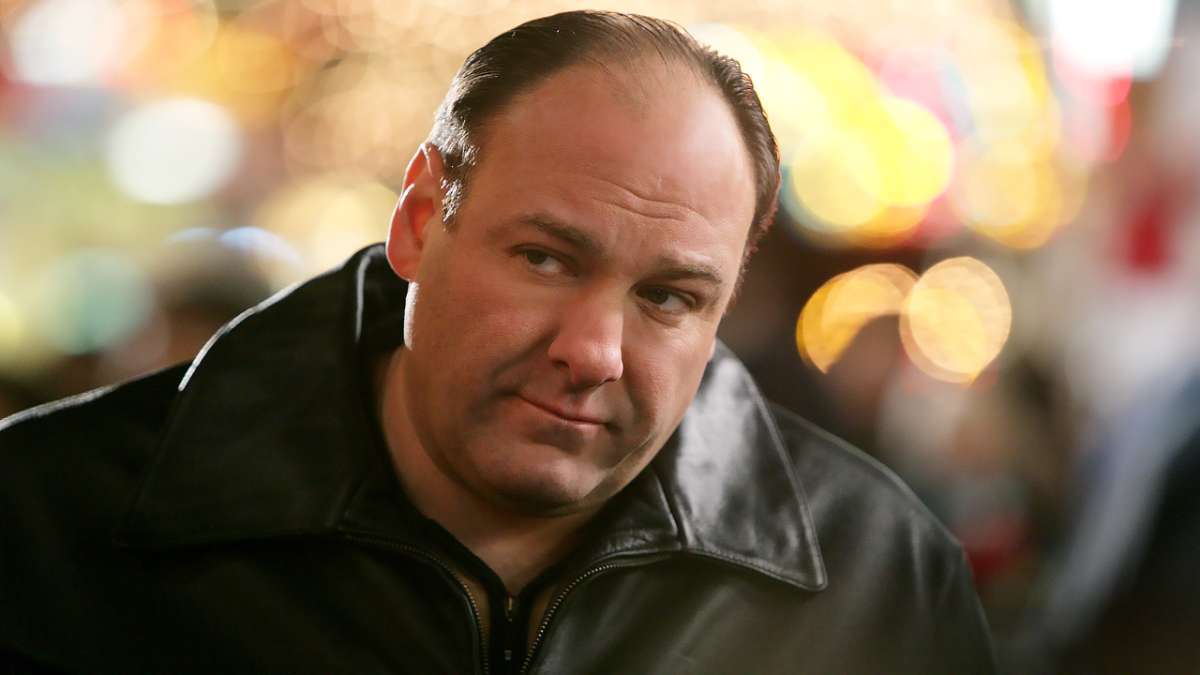
Much has been said about the character of Tony Soprano. I’ve explored some of it on this blog; Tony Soprano will always come up in discussions about antiheroes. David Chase (writer of The Sopranos) used every trick in the writer’s handbook to make the audience empathise with Tony Soprano in the pilot episode. It worked.…